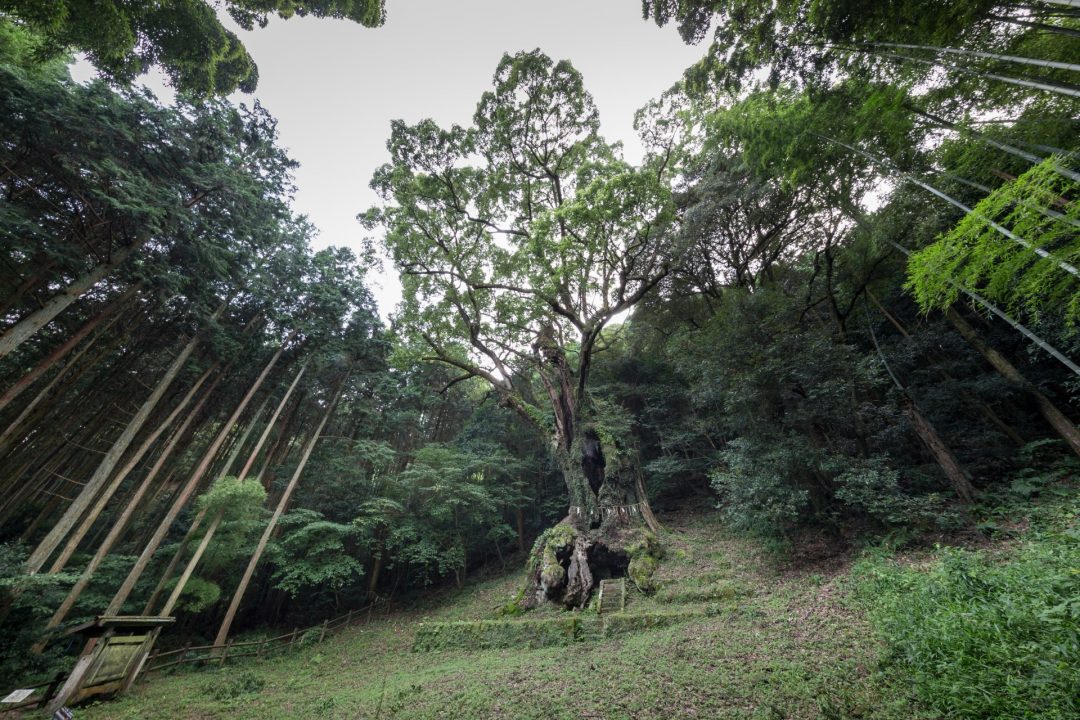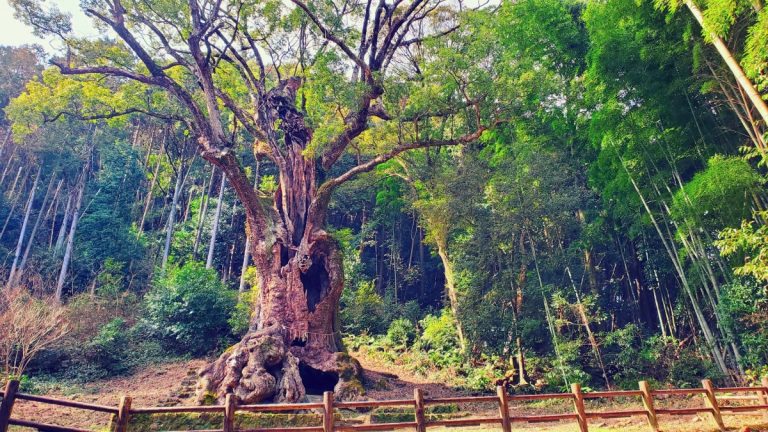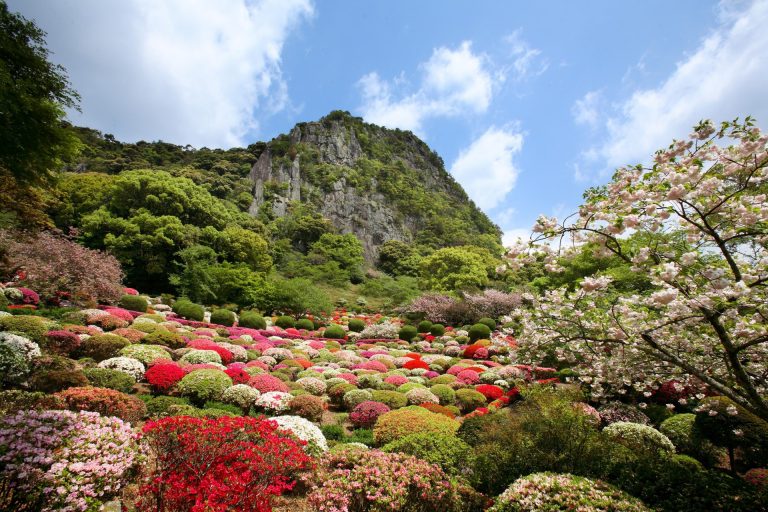
- TOP
- Interests
- Culture & History
- Shrines & Temples
- The Great Camphor Tree of Takeo (Takeo Shrine)
The Great Camphor Tree of Takeo (Takeo Shrine)
A shrine and a giant tree sit on a mountain where a god dwells in hiding
- Closest station
Takeo-onsen Station, JR Sasebo Line
- Access
5 minutes by car from Takeo-onsen Station, JR Sasebo Line
- Location
5327 Oaza-Takeo, Takeo-cho, Takeo-shi, Saga
- Opening hours
9:00-17:00
- Closed
Open year round
- Price
Free
Great Stuff to See and Do!
Blessings for matchmaking, good fortune, and warding off bad luck

Takeo Shrine, located at the eastern foot of Mt. Mifune, the symbol of Takeo City, is a historic shrine established around 1,300 years ago. Mt. Mifune is said to be “a mountain where a god dwells in hiding” and has been an object of worship since ancient times, together with the sacred 3,000-year-old “great camphor tree of Takeo.”
The main deity of the shrine is Takeuchi-no-Sukune. According to legend, he lived for 360 years and is the god with the longest lifetime in Japan. The shrine is believed to have miraculous powers for matchmaking, good fortune, and protection from bad luck, and many visitors come to receive these blessings.
The great camphor tree that sits at the back of the shrine is the sixth largest tree in Japan, with a height of 27 meters and a root circumference of 26 meters. At the base of the tree there is a hollow space the size of 12 tatami mats (around 20 square meters), and the god of learning, Tenjin-sama, is enshrined in a small shrine there.
How to visit this 1,300-year-old shrine and 3,000-year-old sacred tree

Photo: (c) Saga Prefectural Tourism Federation.
Your visit starts at the ichi-no-torii (first shrine gate). Before passing through, bow lightly and enter the precincts of the shrine. Be careful not to take the middle approach to the shrine, as this is the path the gods use. After crossing the bridge over the shinji-no-ike (a pond shaped like the Chinese character for “heart”) and passing through the ni-no-torii (second shrine gate), you will see the Meoto Hinoki (husband-and-wife cypress trees) standing together harmoniously on the right-hand side. At the reception window, you can purchase a horai bell to make various wishes, such as the fulfillment of a good marriage or better financial fortune. After purifying your hands and mouth at the temizuya (hand cleansing fountain) enter the main shrine building. The main building is distinguished by its pure white pavilion, which was designed in the image of a white egret, the messenger of the shrine.
Complete the purification ritual once again at the temizuya and then proceed to the great camphor tree. You will see the giant tree, exuding its magnificent presence, as you walk along a path lined with lush maple trees on either side. This is a sacred tree where a god resides, so please respect it and pray with a quiet heart.



